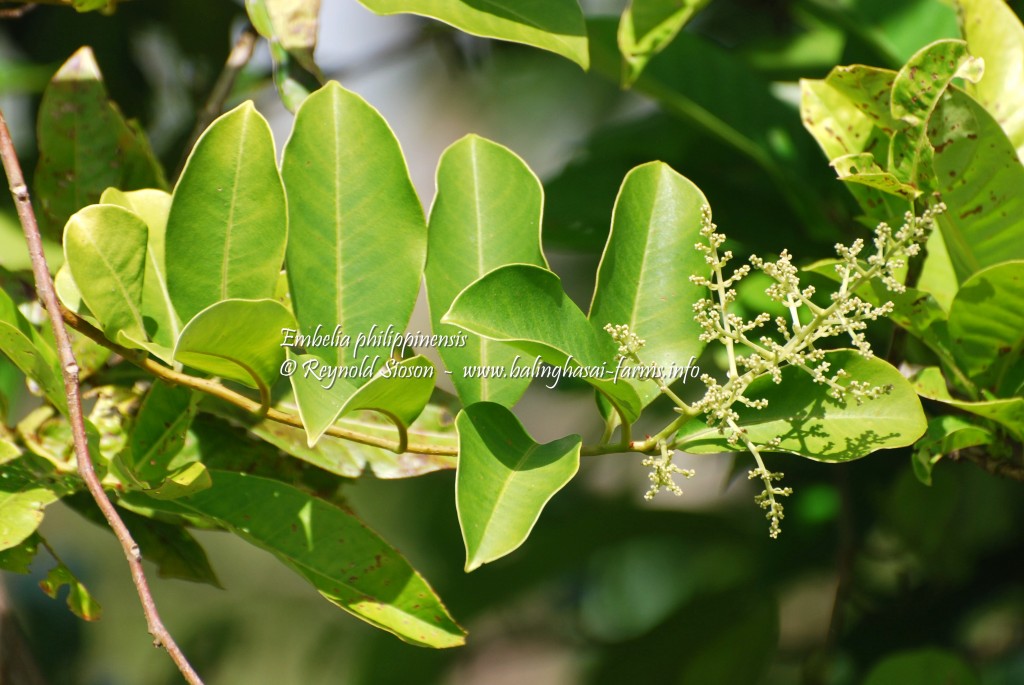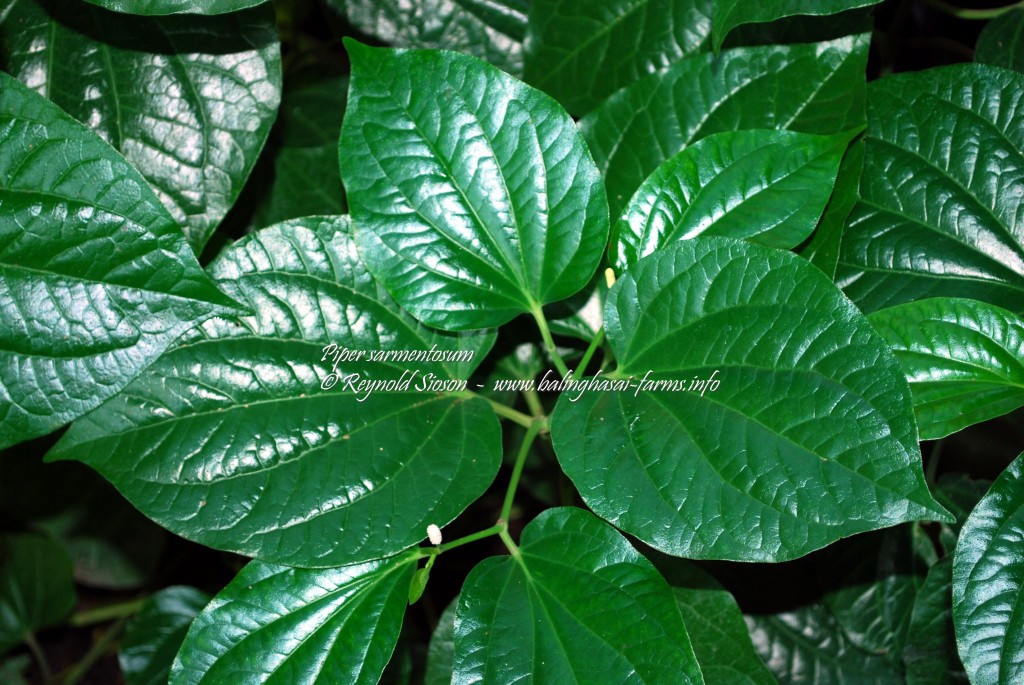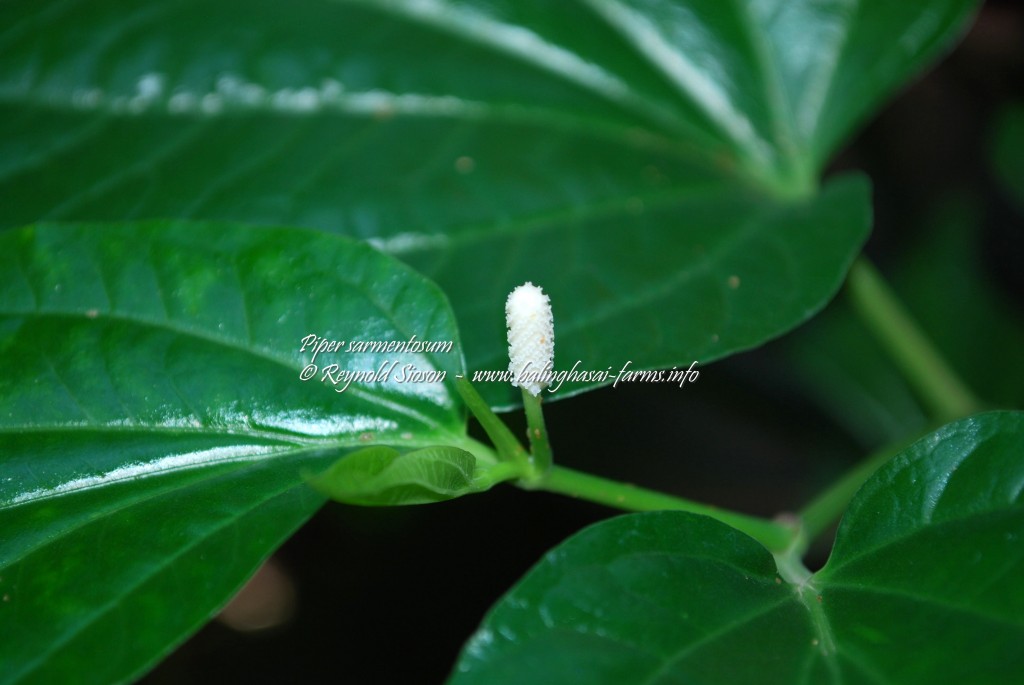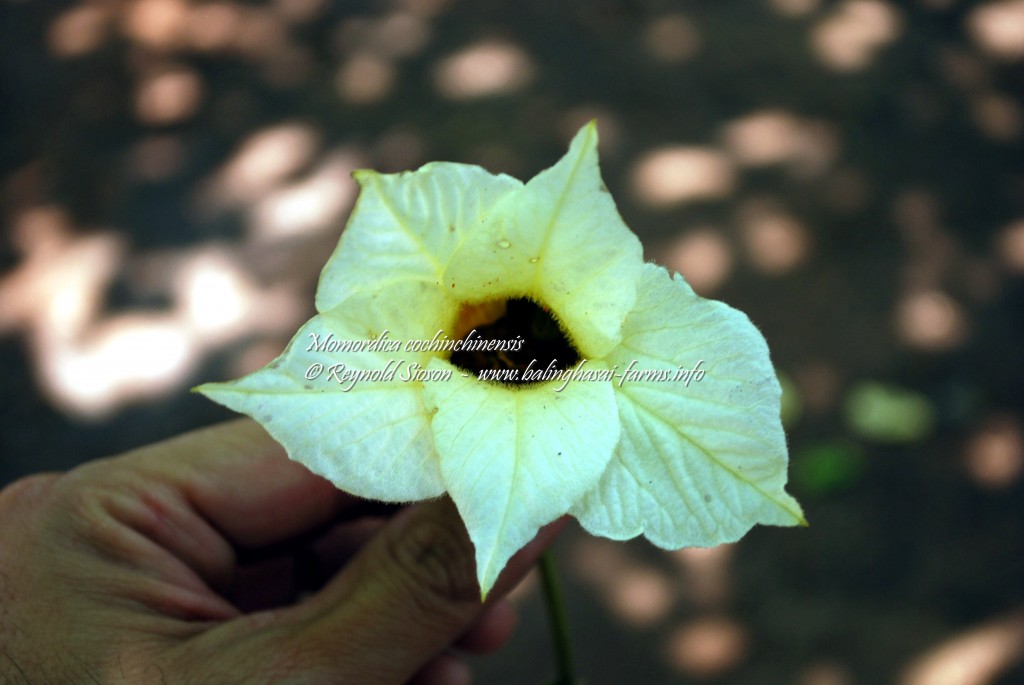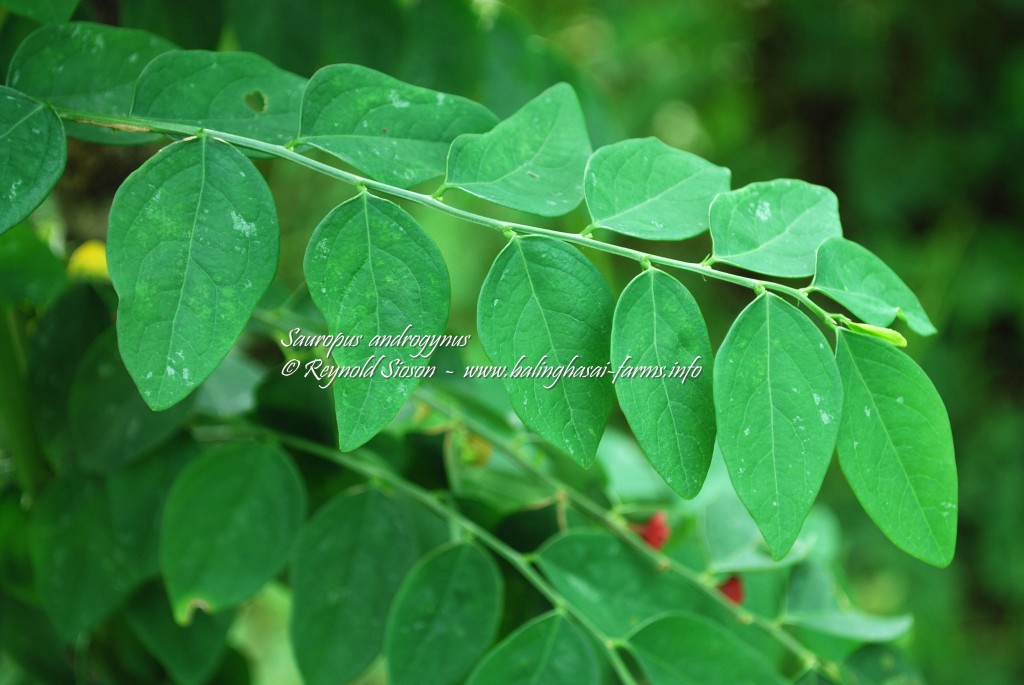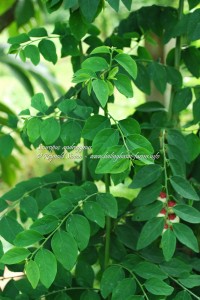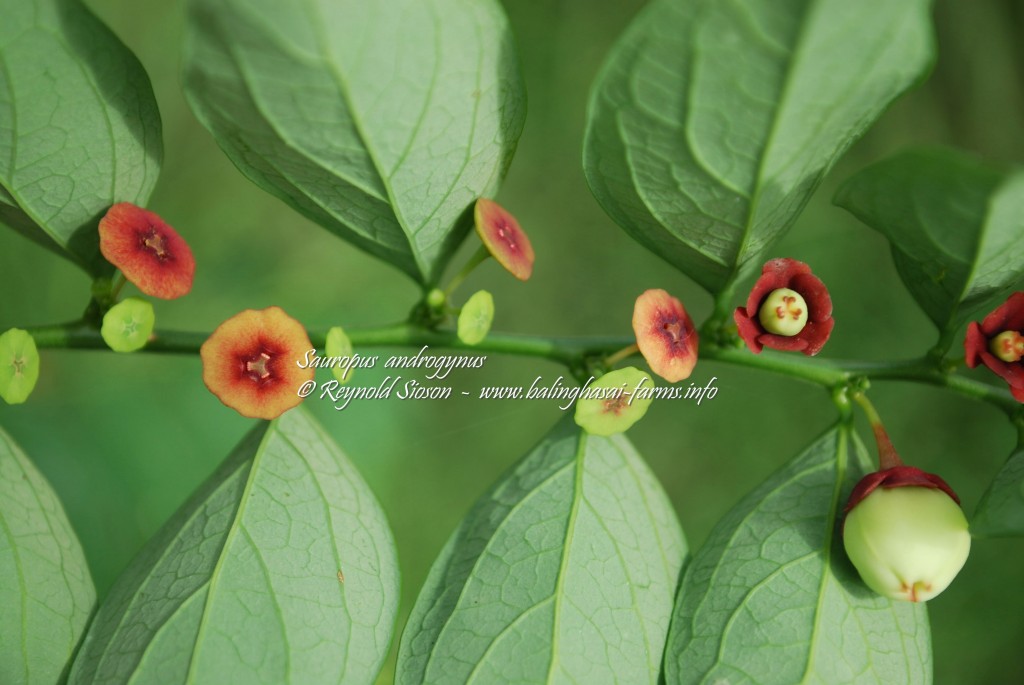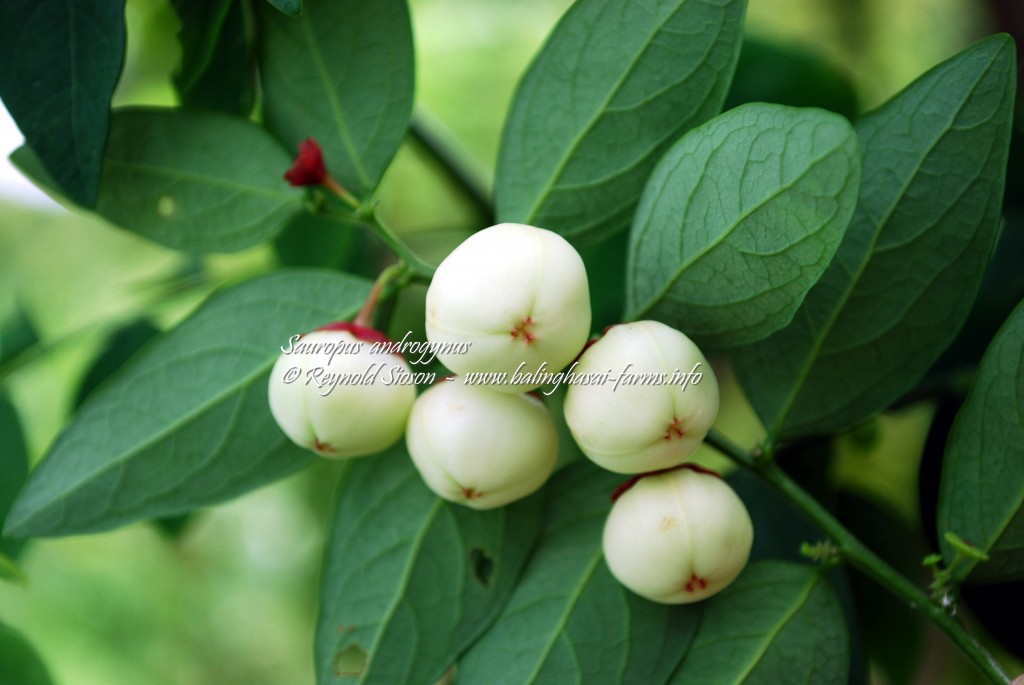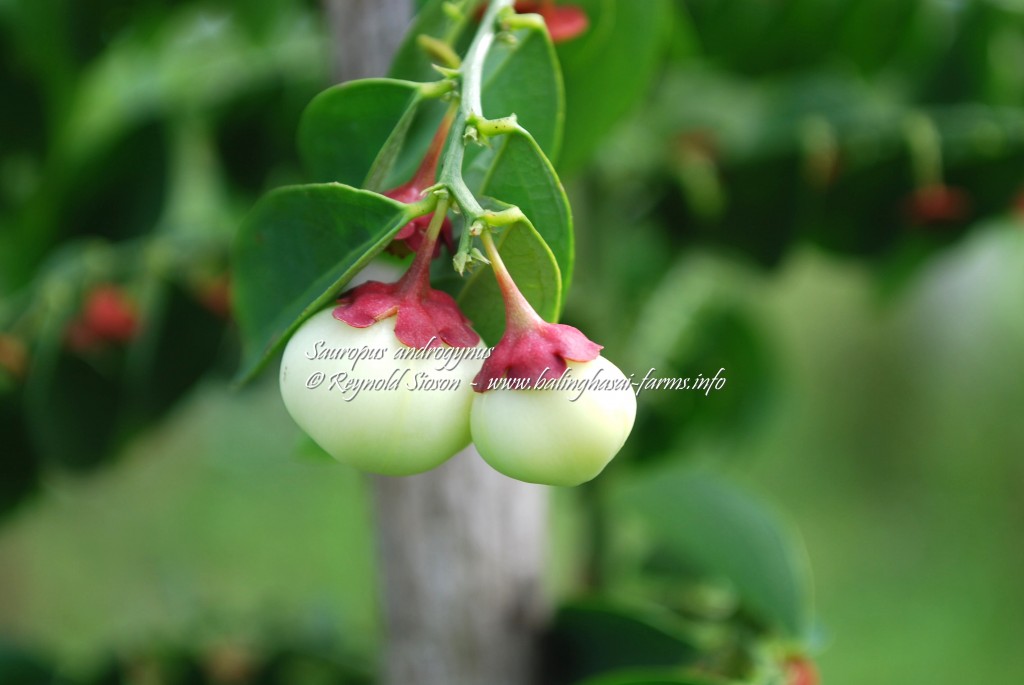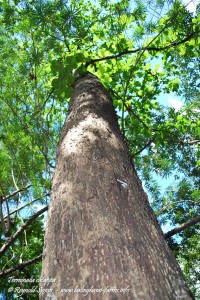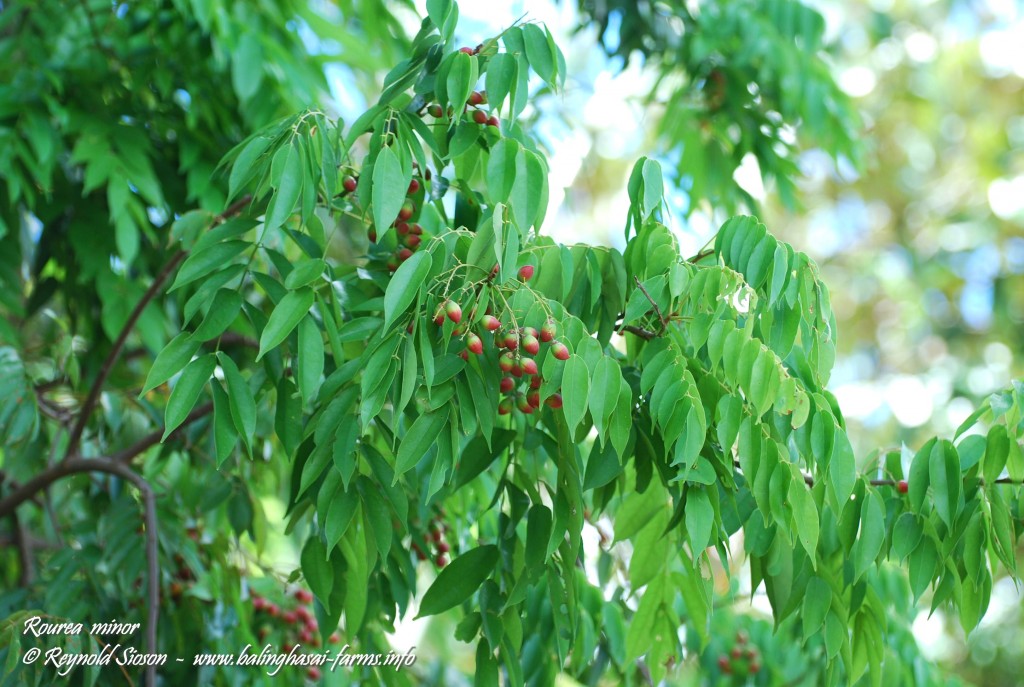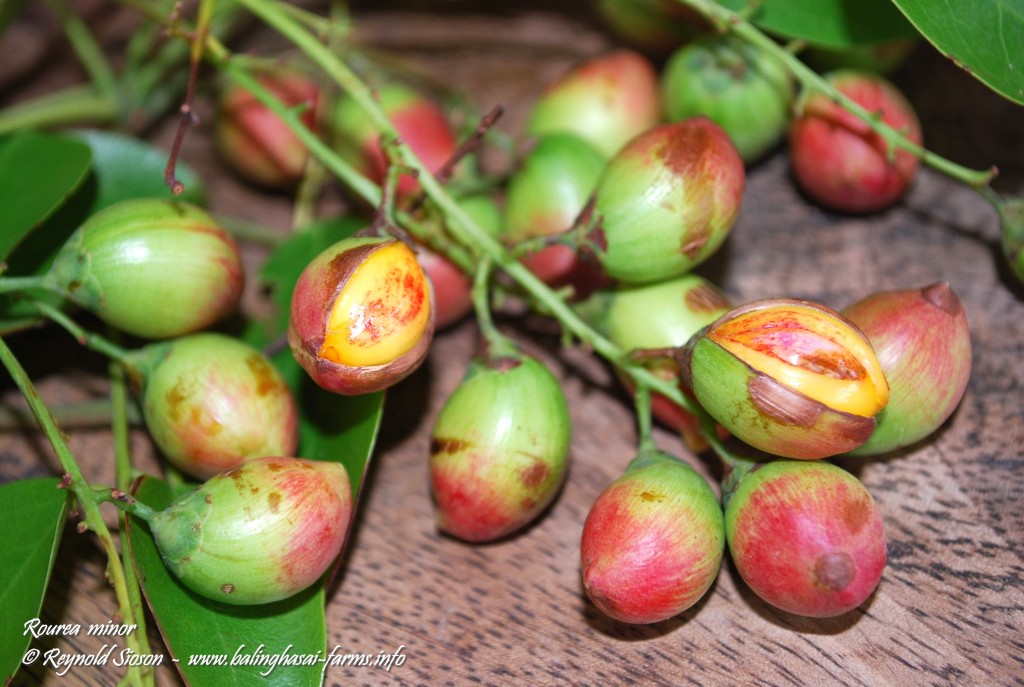I’ve been reading but correct me if I’m wrong : Diospyros blancoi is not Diospyros philippinensis and these two are often confused as one and the same. Reliable literatures suggest that they are separate species. Diospyros blancoi, however, is synonymous to Diospyros philippensis and Diospyros discolor. The mistaken identity may have been caused by the absence of available images of Diospyros philippinensis in books and online and also the accidental rhyming of Diospyros philippinensis and Diospyros philippensis; an unknowing reader/researcher would think that the latter is just the misspelt version of the former, right? In Rojo’s Revised Lexicon of Philippine Trees book, the former has the local name of “O-oi”. If this is indeed a fact, I would like to see live images of Diospyros philippinensis, much better though if live specimen. This tree must be regarded just the same as we regard our proud Mabolo/Kamagong (Diospyros blancoi), after all it’s also an Ebony (a name for a group of important related tree species specially characterized by their hard and dense wood which comes streaked or dark or plain) - and it carries our name with it!
Anyway, here’s your Diospyros blancoi.

Specimen : Cultivated
 Local names : Mabolo, Kamagong
Local names : Mabolo, Kamagong
Trade name : Velvet apple, Camagon
Botanical name : Diospyros blancoi
Family : Ebenaceae
Specimen height : 14 meters or higher
Fruiting season : Possibly year-round
 Traits: Dioecious; Evergreen; Low to medium altitude tree; Medium-sized tree; Tolerant of infertile soil; Typhoon resistant; Wind hardy
Traits: Dioecious; Evergreen; Low to medium altitude tree; Medium-sized tree; Tolerant of infertile soil; Typhoon resistant; Wind hardy
Recommendations: Agroforestry; Backyards; Coastal stabilization; Farms; Fruit collector’s; Home gardens; Landscaping tree; Large avenues; Living fence; Ornamental tree; Plantations; Public spaces; Riparian management; Roadside tree; Shade tree; Timber belt; Urban greening; Wildcrafting; Windbreak
Used for : Edible fruit; Edible seeds; Fruit may be cooked and eaten as vegetable; Premium wood for furnitures, wooden decors, veneer, musical instruments and for carving
Native range : Taiwan, Indonesia and the Philippines
National conservation status : Critically Endangered Species (DENR AO 2007-1)

Further readings :
DENR Administrative Order 2007-1 (Establishing the National List of Threatened Philippine Plants and their Categories, and the List of Other Wildlife Species)
Flora of China - Diospyros philippensis http://www.efloras.org/florataxon.aspx?flora_id=2&taxon_id=200017604
Fruits of Warm Climates (Julia F. Morton) Mabolo Diospyros blancoi A. DC. http://www.hort.purdue.edu/newcrop/morton/mabolo.html
Philippine Woods : Principal Uses, Distribution & Equivalent Woods in Asia Pacific (A. Ella, A. Tongacan, R. Escobin & F. Pitargue)
World Agroforestry Center (AgroForestry Tree Database) http://www.worldagroforestry.org/sea/Products/AFDbases/af/asp/SpeciesInfo.asp?SpID=18079 (1035)
